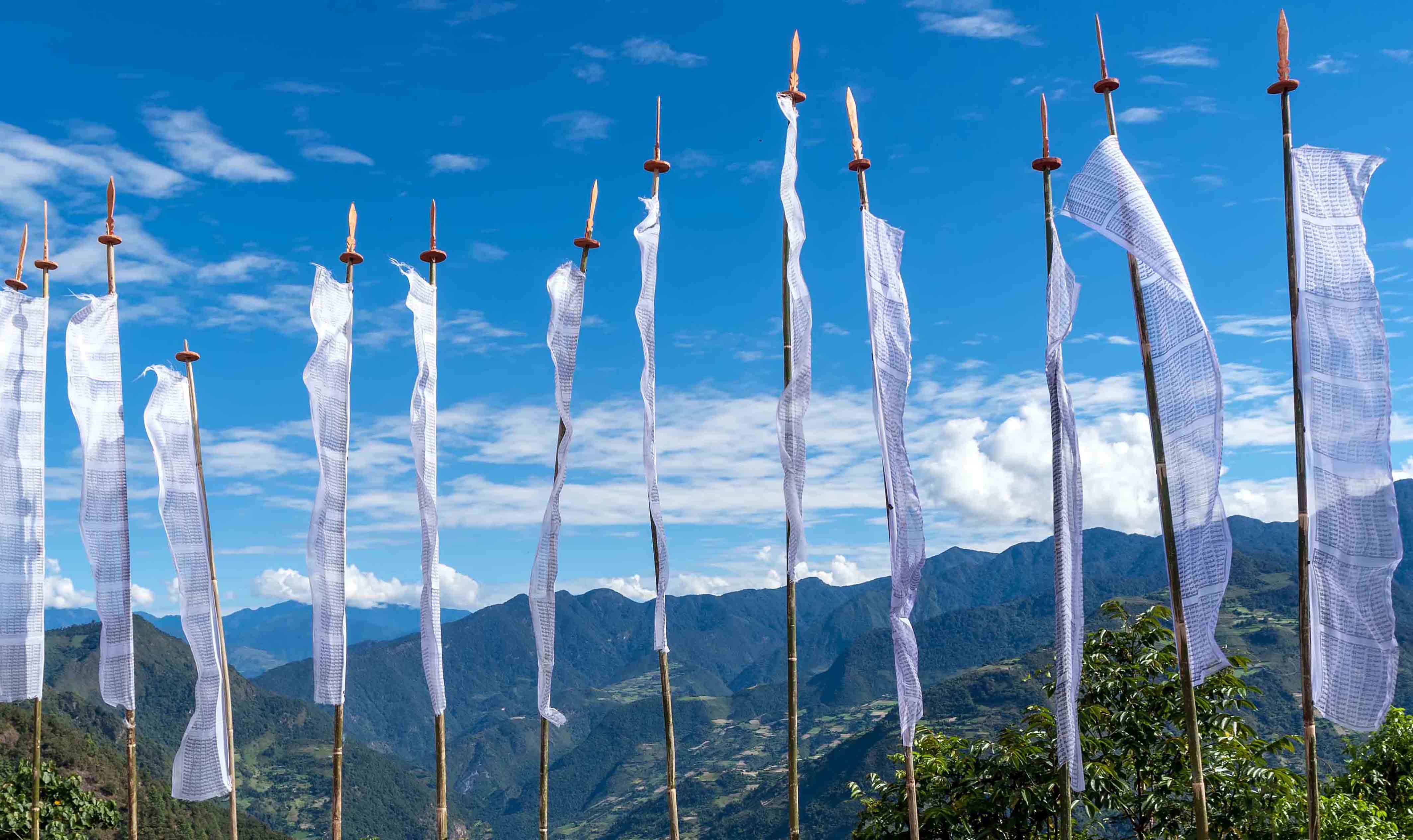
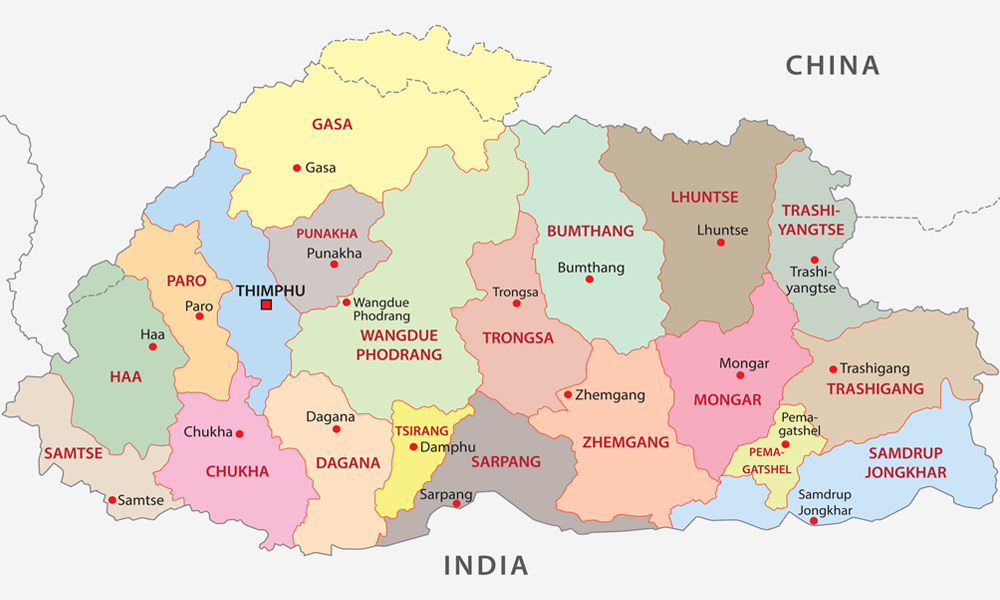
Bhutan, tucked away in the depths of the Eastern Himalayas, the 42,000 sq km small kingdom of Bhutan, or Druk Yul, is little known and lesser visited. A forbidden land for centuries. Still, the kingdom maintains a policy of “low volume – high quality tourism” and retains its exclusiveness in the world of travel. From high mountain peaks to deep lush valleys, from modern apartments in Thimphu to farmland barns, from meditative monks deep in prayer to fluttering prayers and vibrant, colorful festivals, Bhutan is incomparably unique.
Bhutan is wedged between China and India. Bhutan evolved one of the independent state and is one of the last Bastions of Buddhist country. Thus, Bhutan today remains one of the untouched virgin land with magnificent scenic beauty, a paradise for the cultural tourist, the trekkers and the mountaineer alike. With more than 72% of the total area covered by forests and diverse flora and fauna, the country has been declared as “One of the Ten Global Hotspot” in the World. In cities and hamlets across the kingdom, the people live a way of life that is rich in tradition and steeped in the age-old system of hospitality.
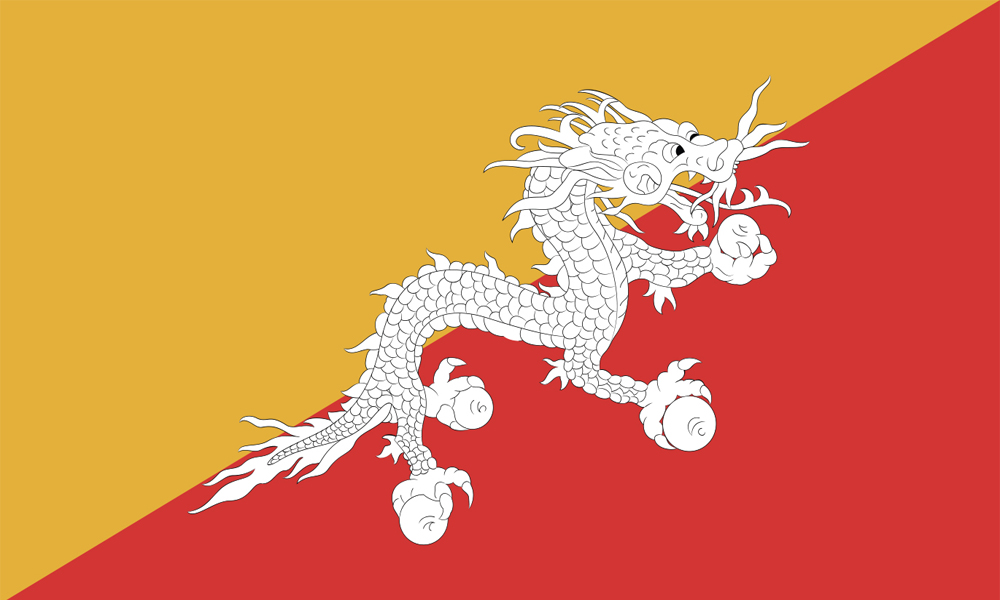
The National Flag of Bhutan features the Thunder Dragon that signifies the name and the pure status of the nation. The Jewel in the claws of the dragon represents wealth and perfection. The Flag is diagonally divided with yellow on the upper side and saffron orange on the lower one. The Yellow half signifies the secular power and authority of the King, the Orange symbolizes the practice of religion and the power of Buddhism.
The National Emblem of Bhutan is a circle composed of a double diamond thunderbolt placed above a lotus. The thunderbolt represents harmony between secular and religious power while the lotus symbolizes purity of the nation. The jewels signifies sovereign power, and the two dragons (male and female) represents name of the country, “Druk – Yul” – the Land Of The Thunder Dragon.
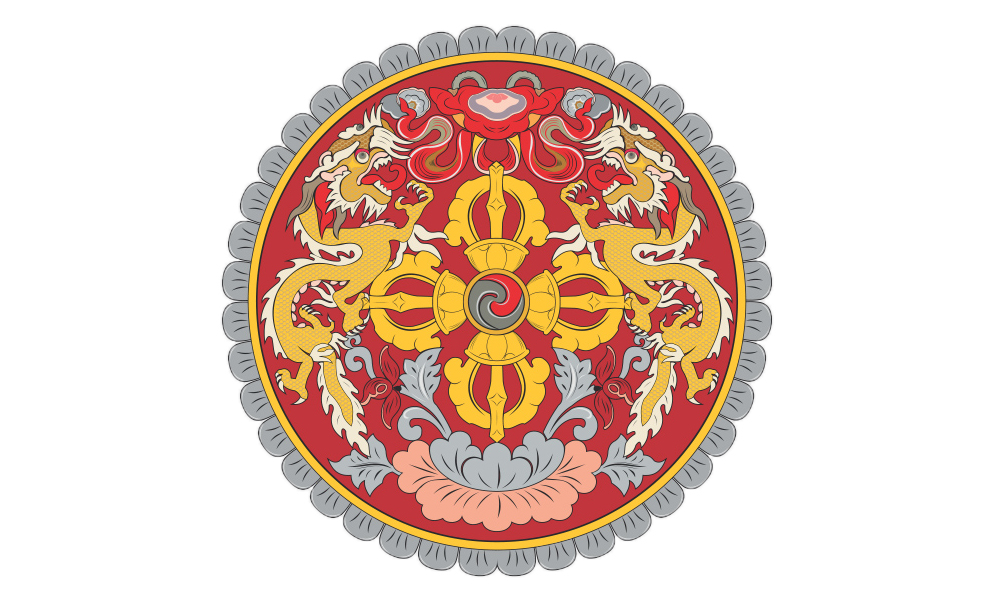
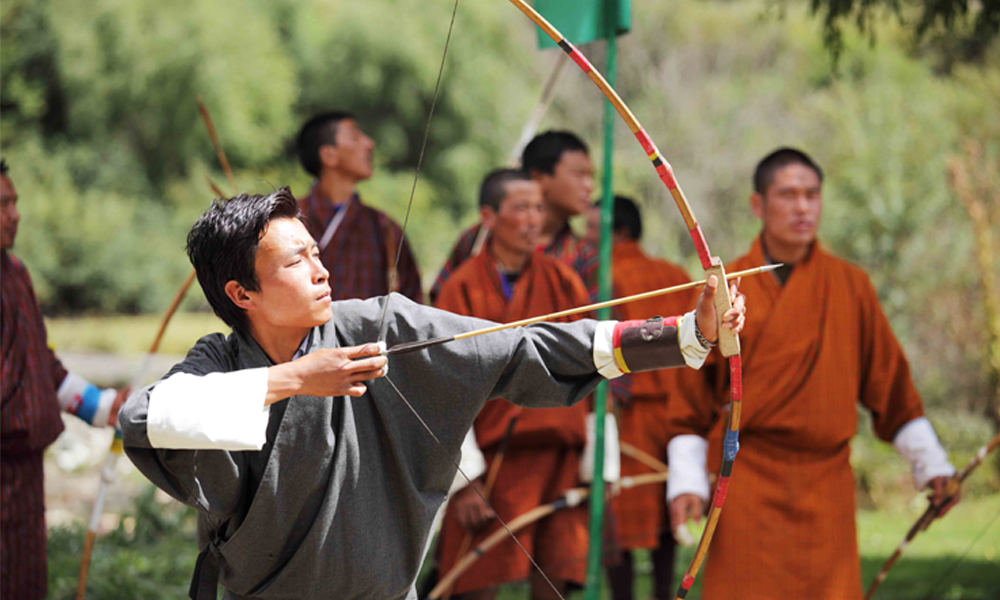
The National Sport of Bhutan is Archery, also known as Dha in the local language. Archery plays a significant role in the Bhutanese heritage and it is one of the widely celebrated sport all across the Kingdom. Archery was declared the National Sport in 1971 when Bhutan became a member of United Nations. Archery is played during religious and secular public holidays, local festival and whenever the time permits.
Ludlow’s Bhutan Swallowtail is the National Butterfly of Bhutan which are rare and are found in Tobrang, a remote part of the Bumdelling Wildlife Sanctuary, Trashiyangtse.
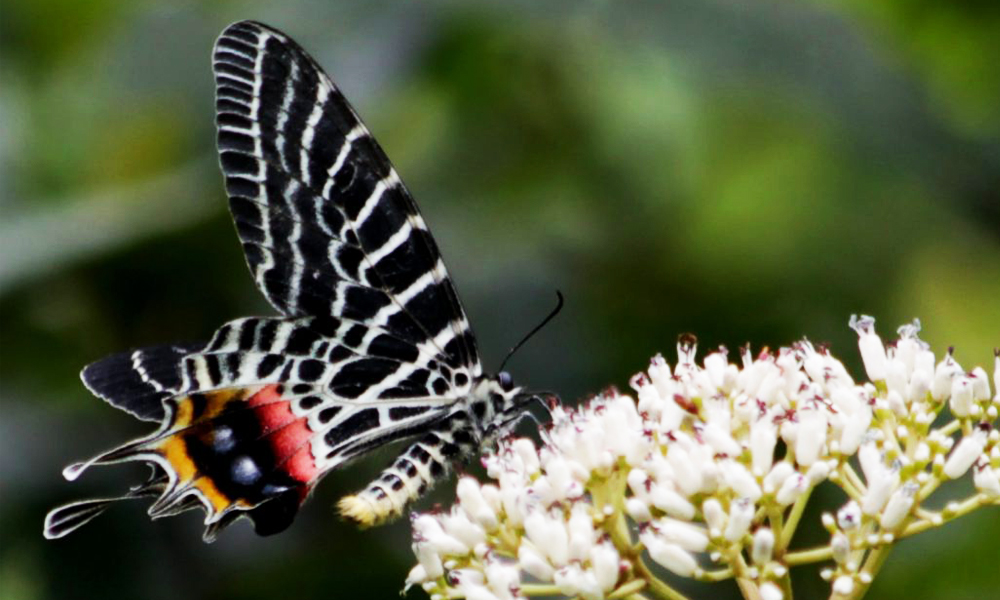
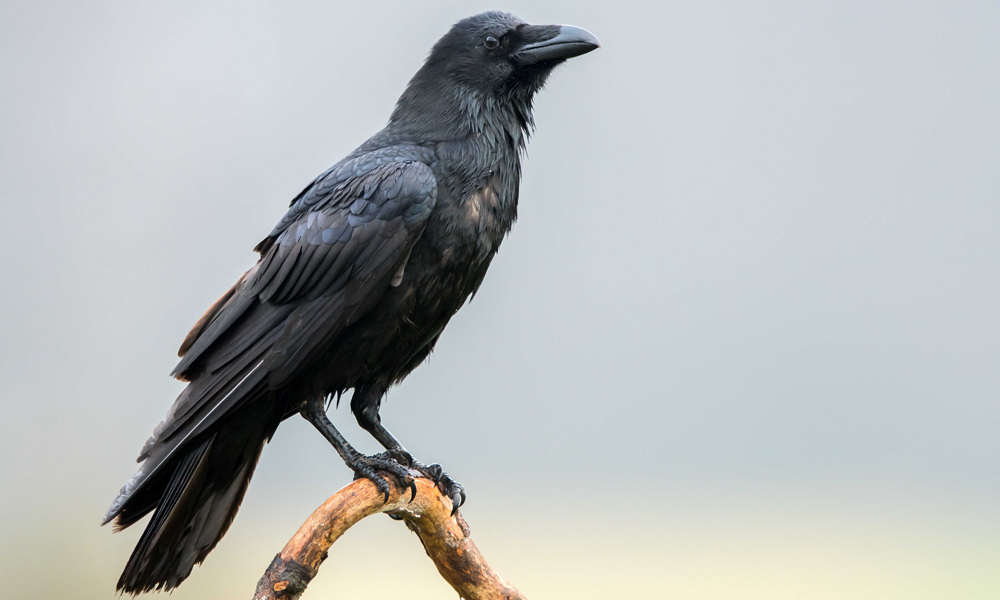
The National Bird of Bhutan is the Raven, which adorns the royal crown. The raven represents the deity Gonpo Jarodongchen (raven headed Mahakala), one of the chief guardian deities of Bhutan.
Blue Poppy is the national flower of Bhutan. It is scientifically also known as Meconopsis Grandis. It grows between altitude of 3500-4500 meters and it was discovered in 1933 by a British Botanist, George Sherriff in a remote part of Sakteng in eastern part of Bhutan. The name blue does not just attribute to the color of the flower shown in the picture as there are other colors of Blue Poppy as well which include white, red and pink shades.
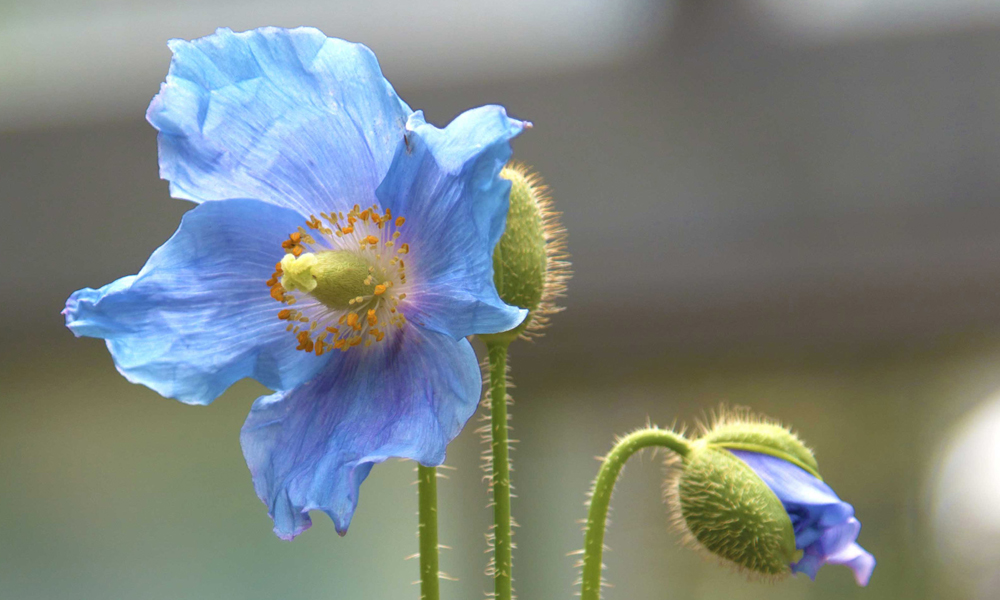
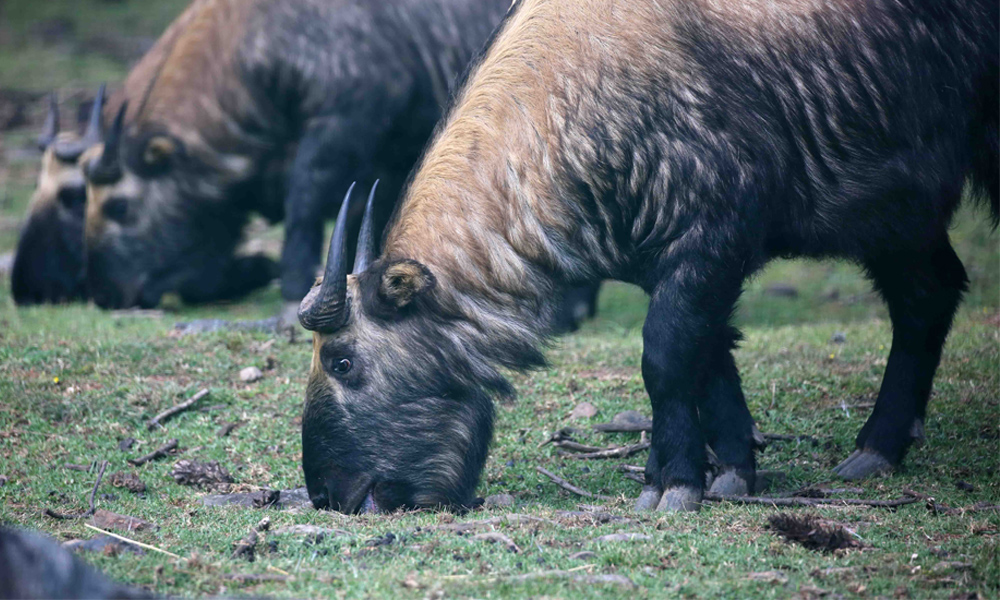
The national animal of Bhutan is the Takin (Burdorcas taxicolor) that is associated with religious history and mythology. It is a very rare mammal with a thick neck and short muscular legs. They live in herds and can survive in elevations up to 4000 meters around the north western part and far north eastern sections in Bhutan.
The national tree of Bhutan is the Cypress also scientifically known as ‘Cupressus torolusa’. This evergreen tree is quite iconic in the nation and it can be found situated close to temples and monasteries. It grows in high altitudes which ranges 1800 to 3500 m. It can be found in abundance across Bhutan and a single tree can grow up to 150 ft.
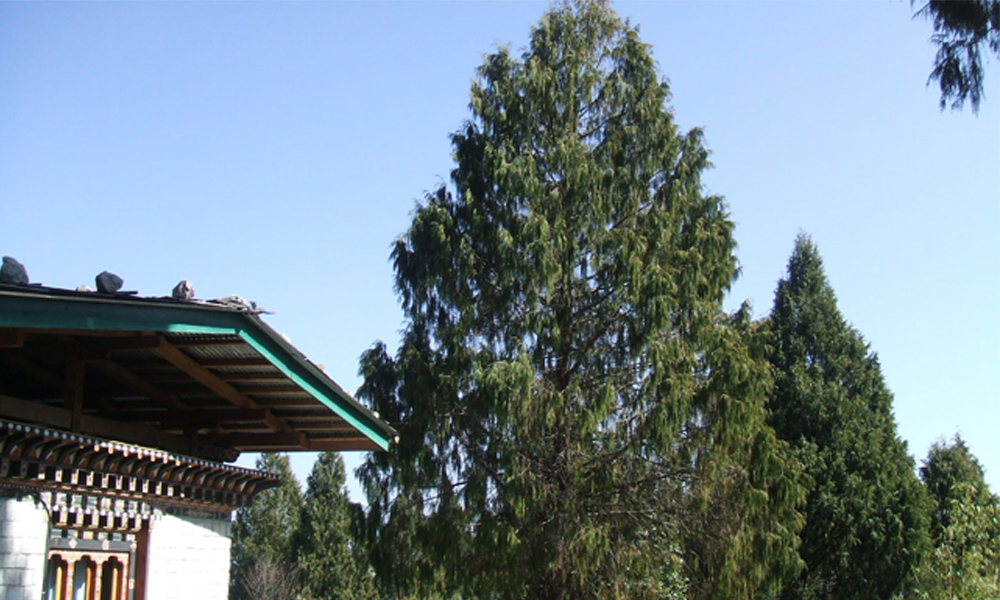
Located below the main town, near the Wang Chhu River, Thimphu’s weekend market is by far the largest domestic market for the farmers in Bhutan. Farmers come from all over the country to sell their farm products in the market. With its wide assortment of fresh and organic produce, the Farmer’s Market has become a favourite spot for tourists and a recreational place for people from all walks of life. Across a cantilever footbridge, Kuendeyling Bazaam, to the west bank is a collection of stalls selling clothing, textiles and handicrafts.
From the dusk till the dawn, farmers works with dedication in his farm land filled with arrays of vegetable varieties. In Bhutan main source of income for farmers are from field produce like potato, cardamom, orange, apple and green vegetables ready to market. Farmer has to survive with whatever is grown from his land. And today, he has bright face since government has been supporting our farmers in various ways.
Thimphu, Bhutan’s capital, occupies a valley in the country’s western interior. In addition to being the government seat, the city is known for its Buddhist sites. The massive Tashichho Dzong is a fortified monastery and government palace with gold-leaf roofs. The Memorial Chorten, a whitewashed structure with a gold spire, is a revered Buddhist shrine dedicated to Bhutan’s third king, Jigme Dorji Wangchuck. People here are humble and hardworking. The day start with energetic sweepers making the street clean keeping Thimphu well clean. One rushing with fast pace towards respective office Nearby Wangchu River noisy super market where Bhutan produce...